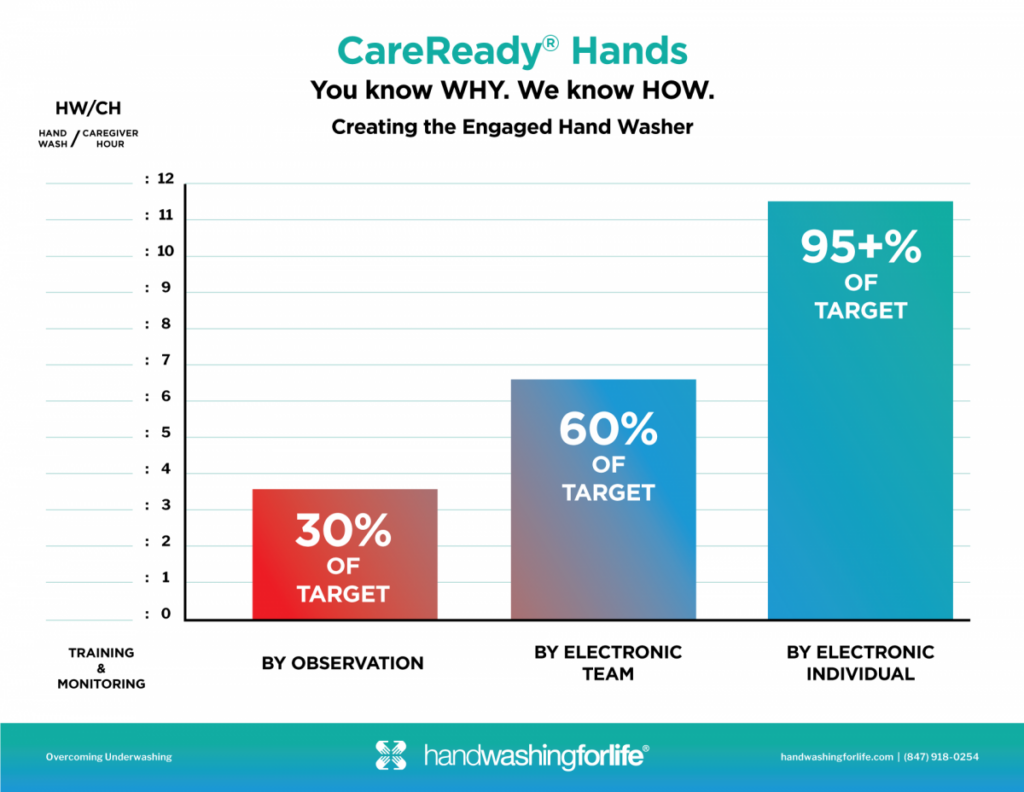APIC 2019 Handwashing Preview
Handwashing remains a process basically out of control in healthcare. There are no clear standards, thus no variance reports and no objective data to reward success or discipline nonperformance. Unwashed hands endanger brands and are a major contributing factor to the 479,000 annual deaths attributed to infections acquired in hospitals and nursing homes. June 12th -14th will see the largest gathering of infection prevention professionals in the world at the 46th annual APIC conference (Association for Professionals in Infection Control and Epidemiology), held at the Philadelphia Convention Center.
Patient-protecting caregivers will assemble to assess the latest handwashing information and experience new HAI-reducing technologies (Healthcare Associated Infections). Educational sessions will put handwashing under the collaborative microscope and at the top of the list of potential infection-reducing, cost-saving actions. Similarly, hand hygiene debates will ripple through the exhibit floor with a focus on the long-awaited clinical research that directly connects increased handwashing with decreased HAIs.
In an opening foray on HAIs, at the Handwashing Compliance Demo Area, booth 1737, attendees will interactively dive into resolving the handwashing issue from the Why to the How with an emphasis on verifiable, sustainable behavior change. The core solution is the “engaged hand washer”, made possible by real data reported in real-time rather than the late-arriving estimates created by flawed observational techniques.

Continuous Improvement (CI) will be another intense topic as The Joint Commission keeps the pressure on patient safety with its “zero tolerance” handwashing policy. CI clearly works best where actions and outcomes can be measured. This has been sorely lacking in acute care handwashing and all but completely absent in long-term care. This drives the preponderance of technology developers to share their solutions on the APIC exhibit floor.
The Joint Commission is increasingly troubled by well-meaning staffers annually reporting 90% compliance when in reality it is more likely to be in the 30%-40% range. This gap has been confirmed in almost all those facilities with electronic monitoring technologies added to their observational, “secret shopper” reporting protocols.


